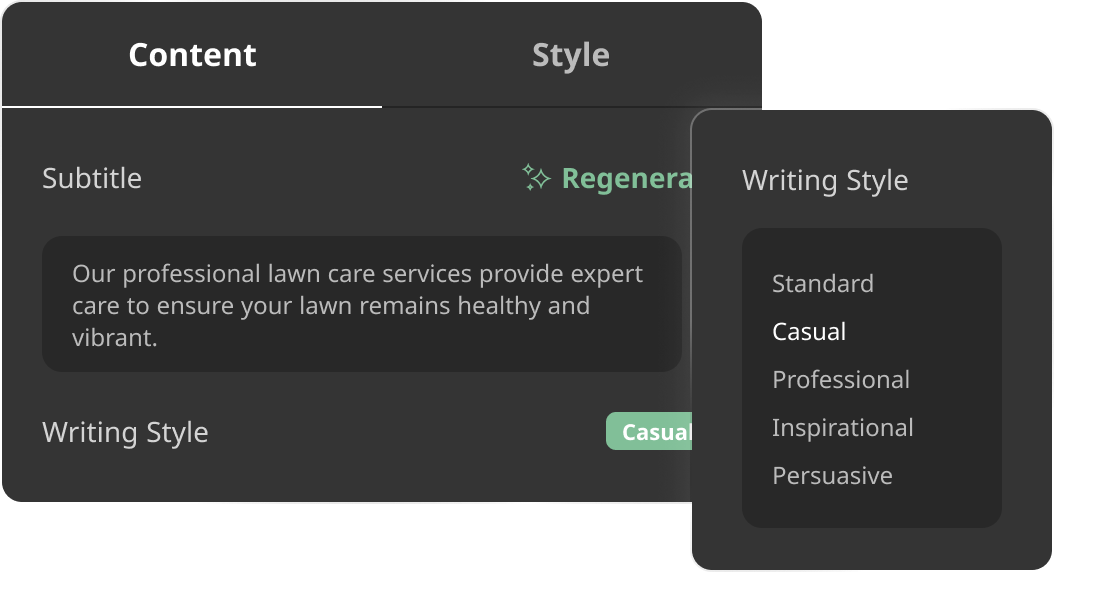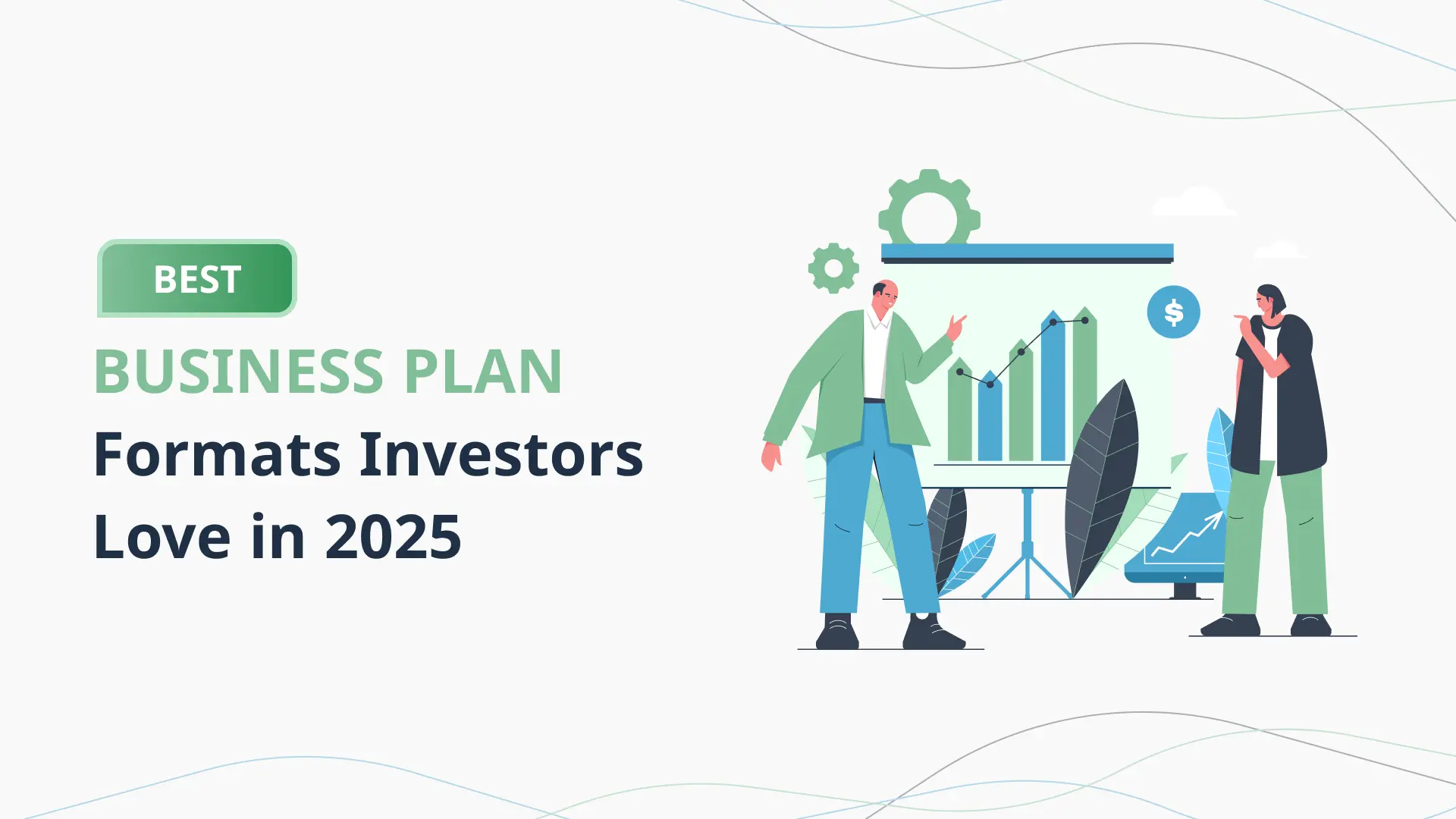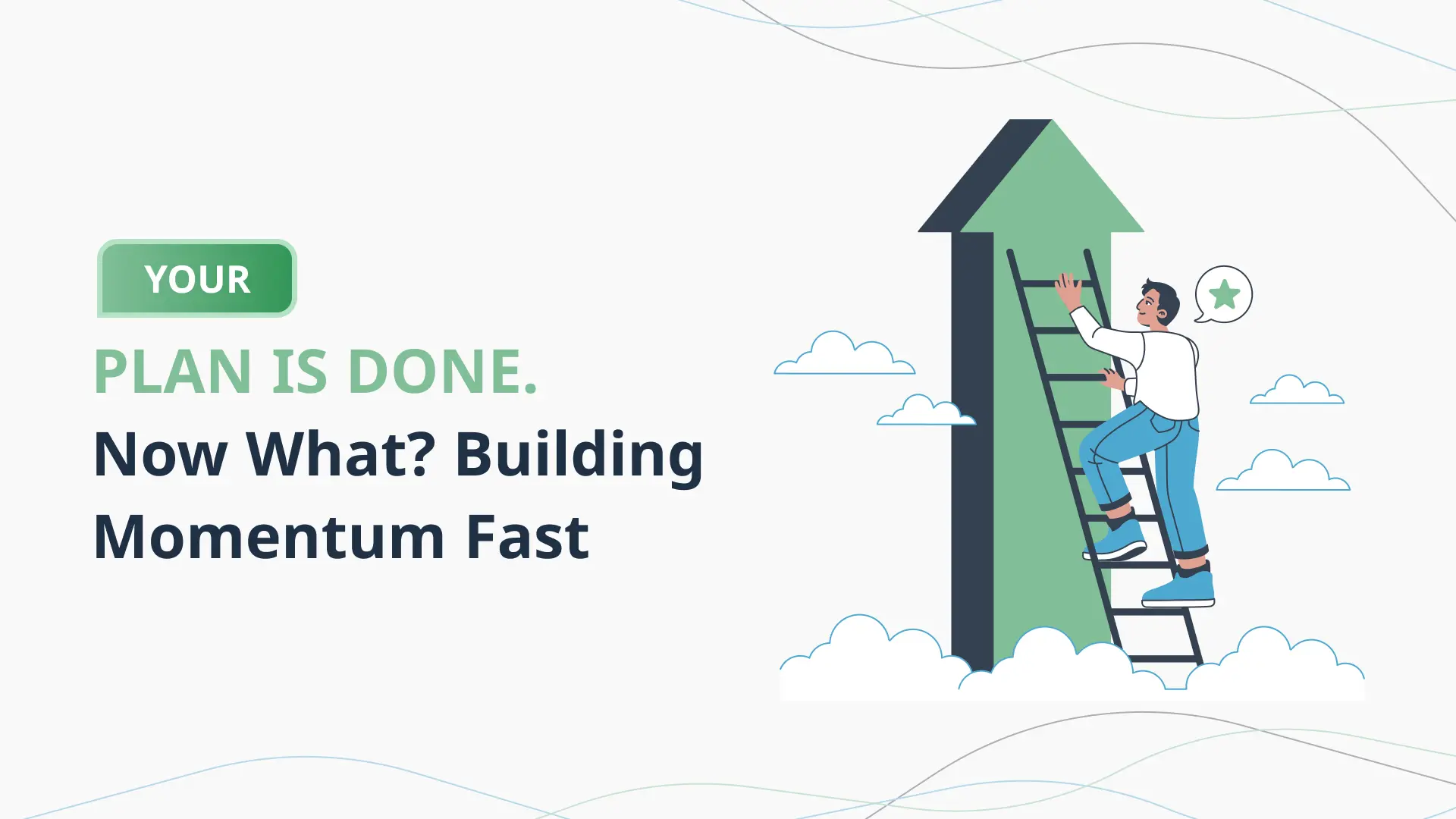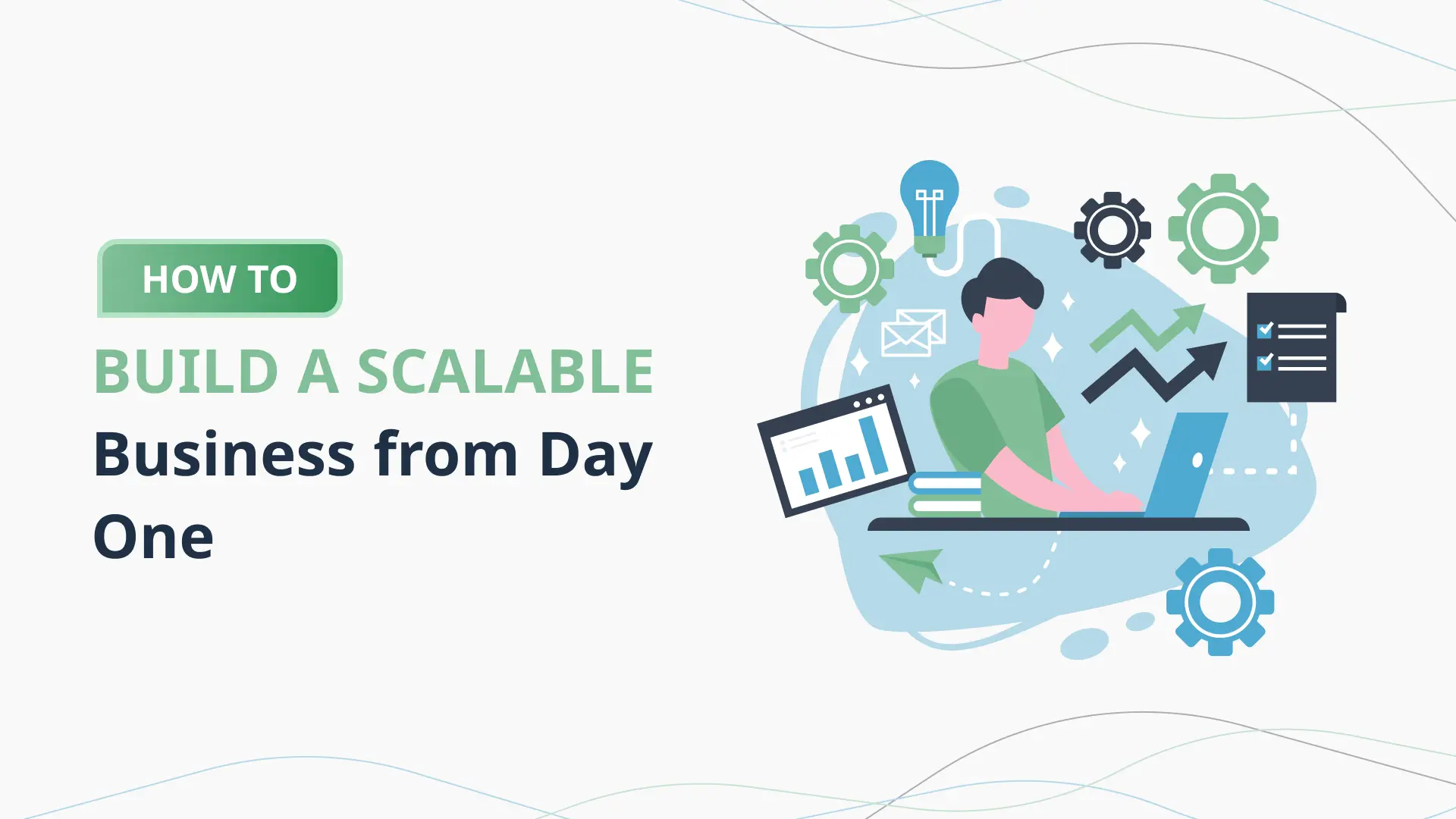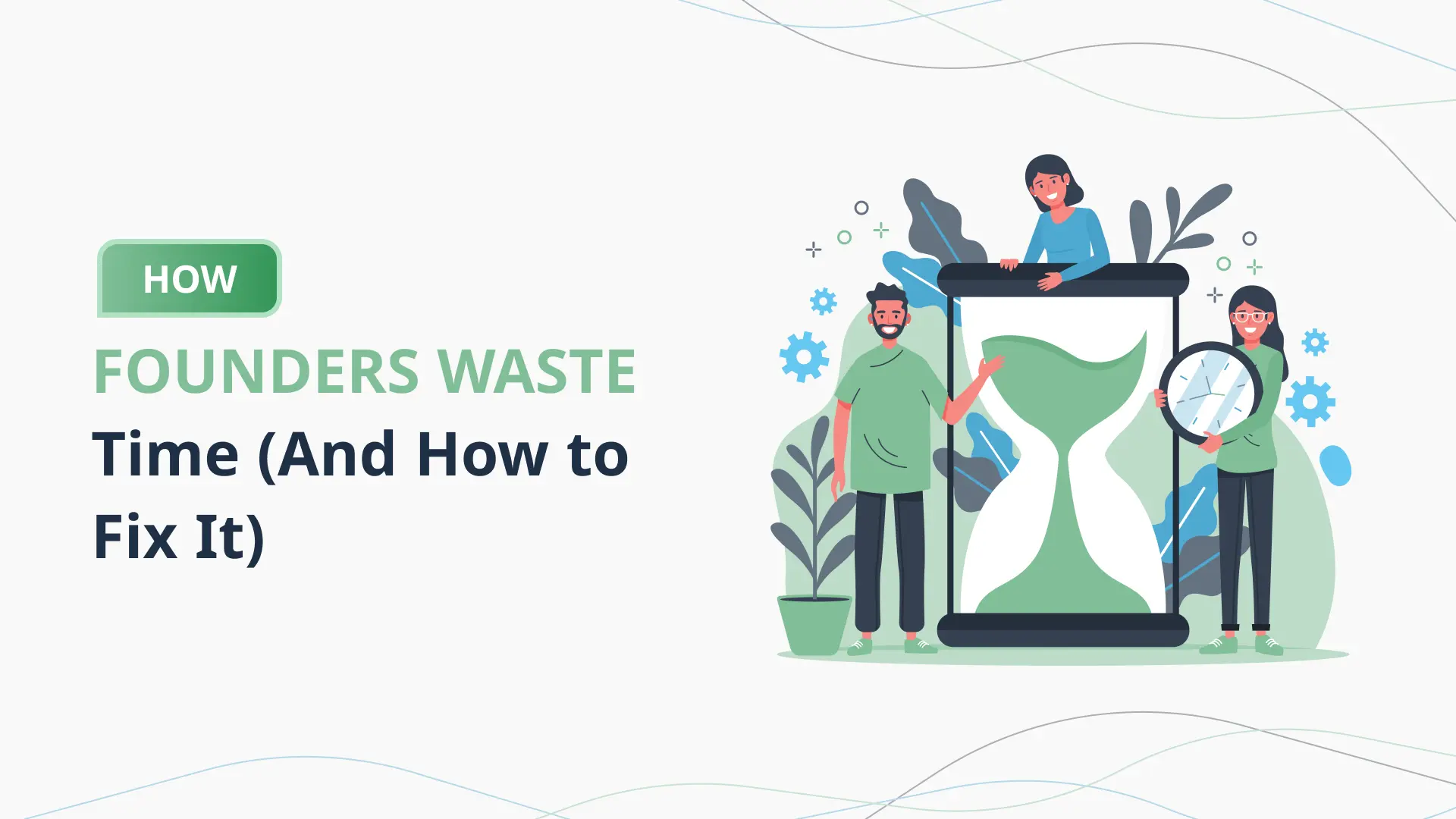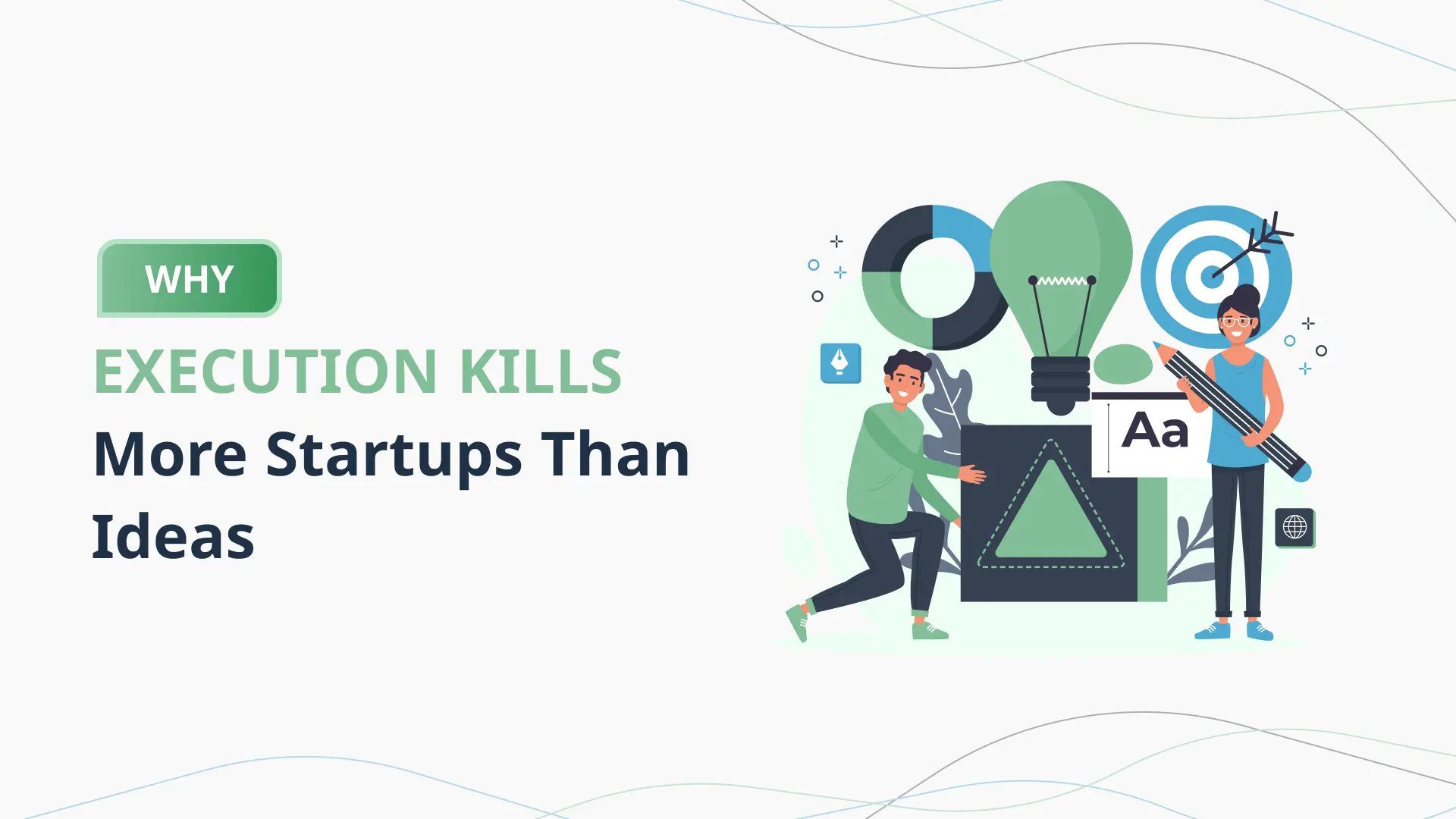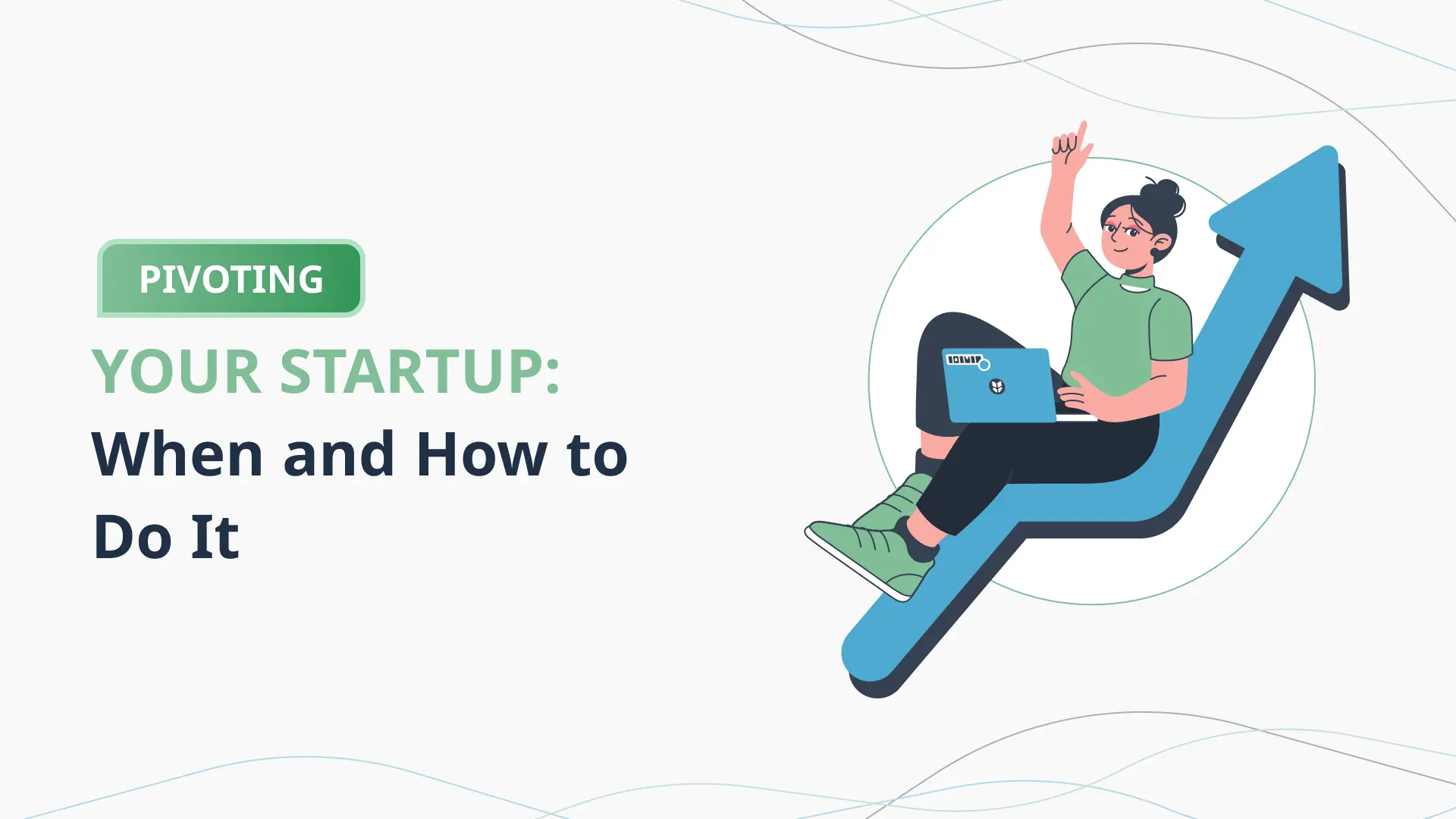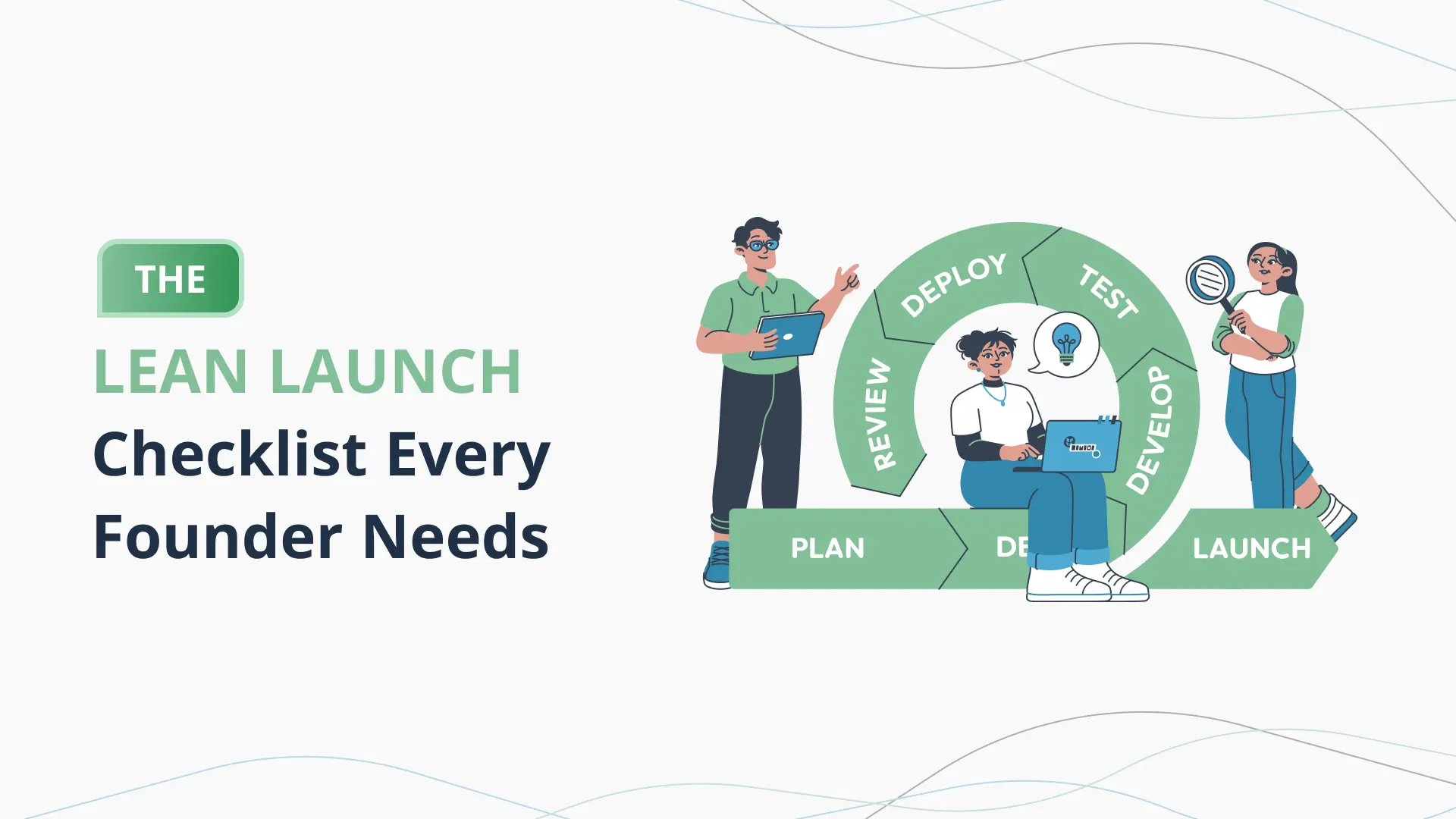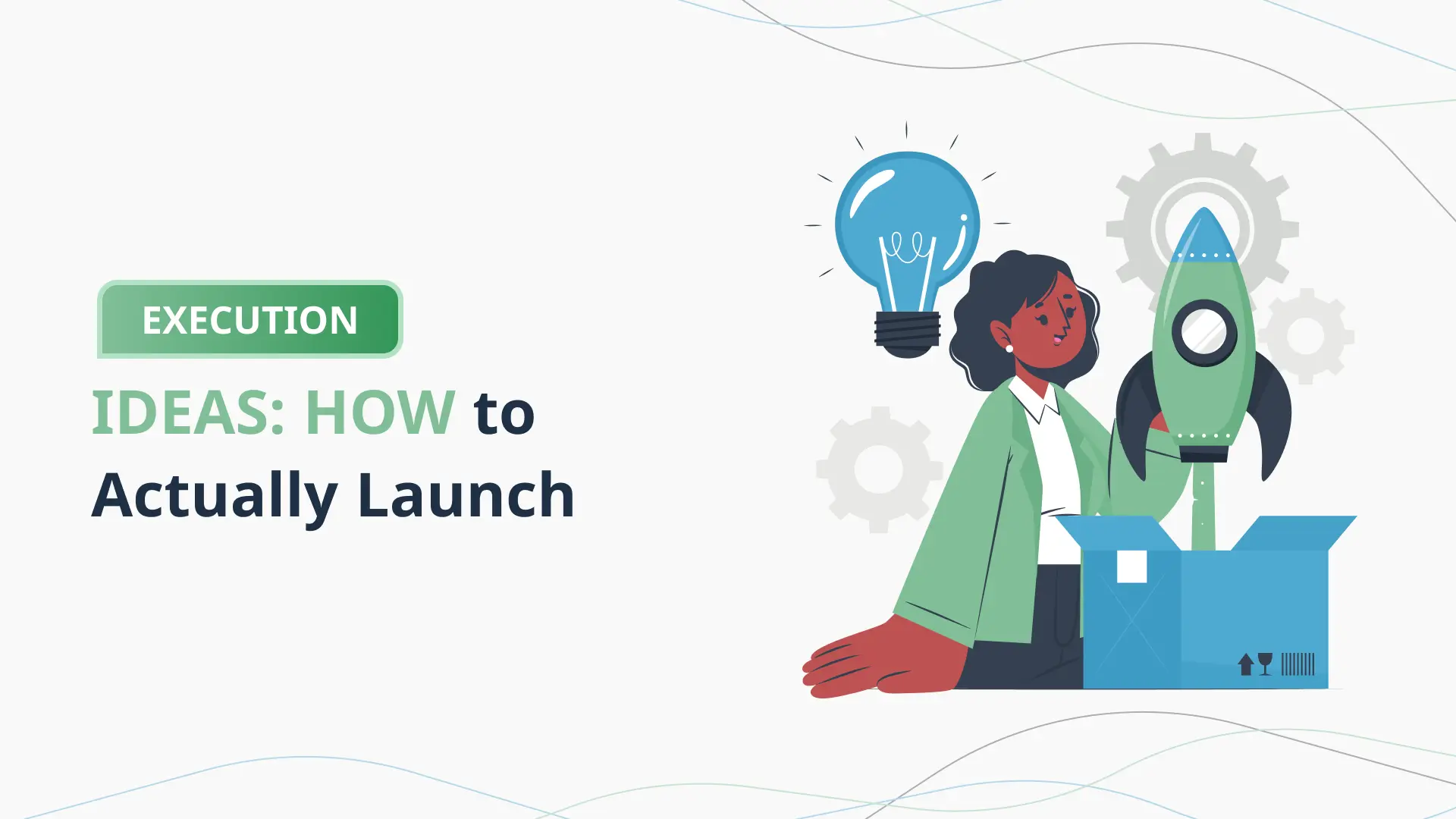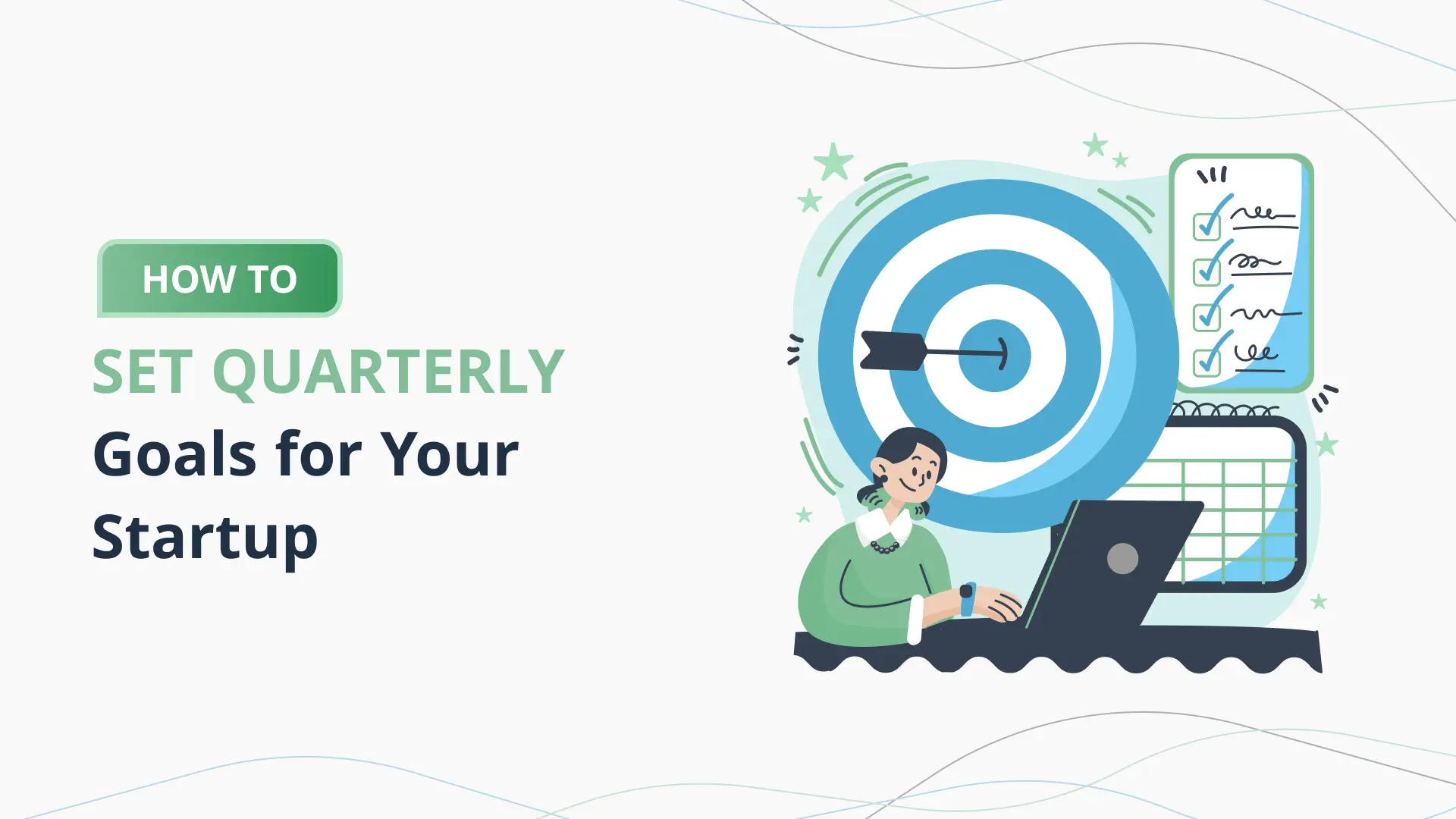How to Identify Your Ideal Customer Persona
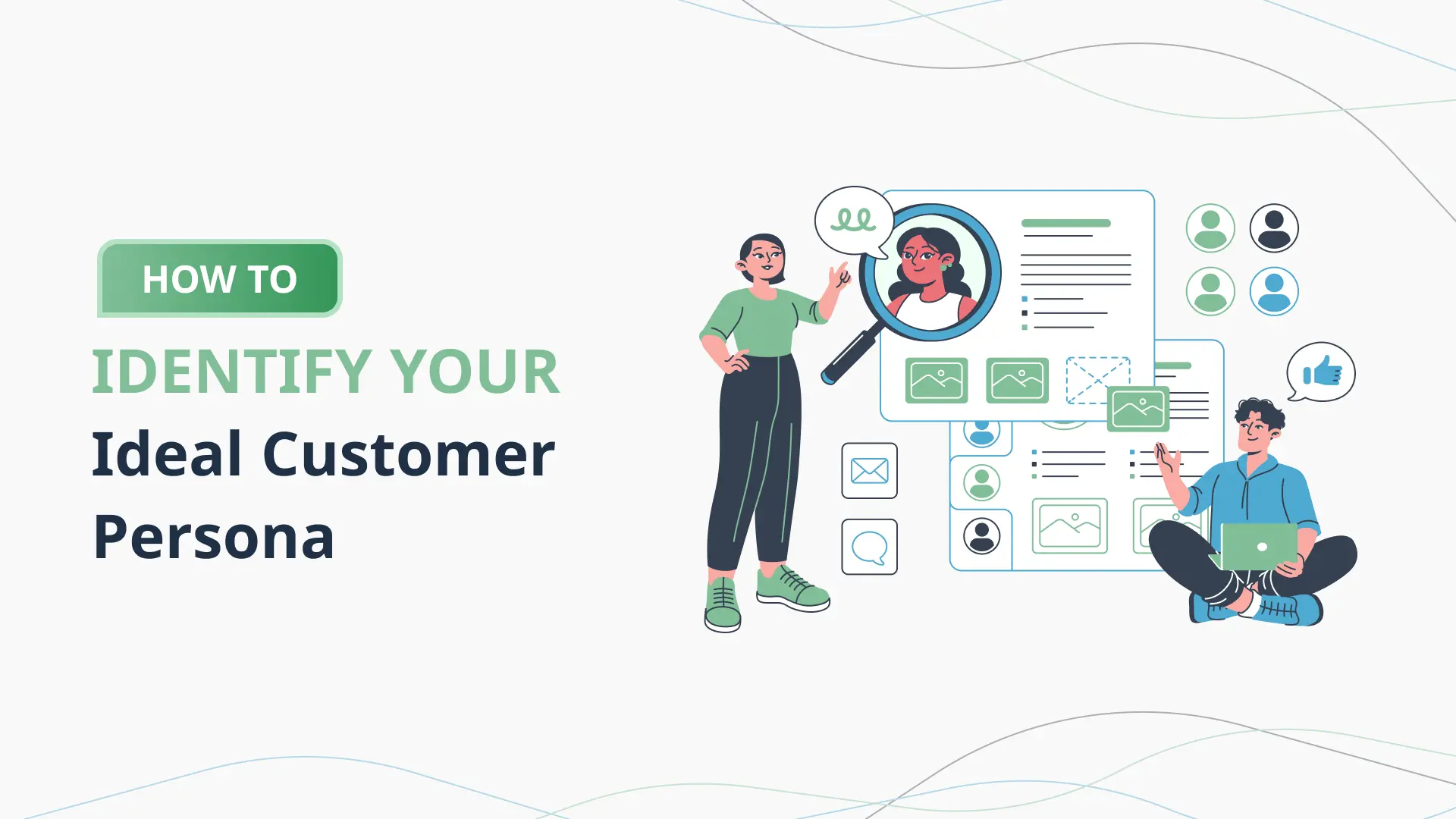
Introduction
In the bustling world of startups and small businesses, it’s tempting to believe that your product or service can appeal to everyone. But the harsh reality is: if you’re speaking to everyone, you’re speaking to no one. This is where identifying your ideal customer persona becomes not just useful, but essential.
Your ideal customer persona is a detailed, semi-fictional profile of your perfect customer—someone who not only wants what you’re offering but who also aligns with your business values, purchasing behavior, and long-term vision. It helps you uncover who your customers really are, what they care about, and how they make decisions. When done right, it becomes the blueprint for more precise marketing, better customer experiences, and smarter business strategies.
Think of your business as a puzzle. Your customer persona is the corner piece that helps make sense of the rest of the picture. Without it, your marketing efforts can become scattered, your sales strategies unfocused, and your product development misaligned with real-world needs. Whether you’re launching a new startup or scaling an existing operation, knowing your audience deeply is the competitive edge that many businesses overlook.
Let’s take an example. Suppose you’re developing a mobile app that helps people reduce food waste. Without an ideal customer persona, you might market to “everyone who wants to save the planet.” That sounds noble, but it’s too broad. With a persona, you might realize that your true audience is eco-conscious millennials living in urban areas, juggling busy schedules, and frequenting farmers markets. Now you can tailor your messaging to speak directly to their habits, motivations, and pain points.
But creating these personas isn’t just about demographic data. It’s about tapping into psychographics—interests, values, goals, and behaviors. It’s a strategic blend of art and science, requiring both qualitative insights and quantitative data. This is where modern tools, especially AI-driven platforms like the PlanVista app, can play a transformative role. With the right business plan generator or AI business plan tool, startups can automate persona creation, access smarter insights, and spend more time building what truly matters.
In this blog, we’ll walk through the complete process of identifying your ideal customer persona. We’ll explore the steps you need to take, the challenges to expect, the role of AI and data, and how tools like PlanVista can make this process faster and more effective. Whether you’re just starting out or refining your current strategy, this guide will help you get laser-focused on the customers who are most likely to love, use, and recommend your product.
Let’s dive into why customer personas matter and how to craft them with clarity, confidence, and the help of powerful startup planning tools.
Understanding Customer Personas
Before diving into how to build your ideal customer persona, it’s crucial to understand what a customer persona actually is—and what it isn’t. A customer persona, also known as a buyer persona or marketing persona, is a detailed description of someone who represents your target audience. This fictional character is crafted using real data and insights, embodying the key traits, behaviors, and motivations of your most valuable customers.
Customer personas go beyond surface-level demographics. Yes, they include age, gender, income, and location, but they also delve into deeper layers: What are their goals? What challenges do they face? How do they make decisions? What influences their buying behavior? The more detailed and nuanced your persona, the more powerful it becomes as a tool for guiding product development, marketing campaigns, and customer service strategies.
Let’s illustrate this with a quick example. Say you’re launching a high-protein, plant-based snack brand. A basic demographic target might be “health-conscious adults aged 25-40.” That’s a start, but not enough. A well-developed persona might describe “Fitness Fiona”—a 32-year-old urban professional who works long hours, is active in CrossFit, values sustainability, and follows nutrition influencers on Instagram. She shops online, reads labels carefully, and is willing to pay more for ethically sourced ingredients. Now your marketing can speak directly to Fiona’s values, language, and lifestyle, making your brand resonate on a personal level.
Creating personas also aligns your team. Whether it’s marketing, sales, product design, or customer support, everyone benefits from a shared understanding of who the customer is. Instead of guessing what your audience wants, you have a clear, evidence-backed profile to guide decisions. When a new feature is proposed or a marketing email is drafted, the team can ask, “Would this appeal to Fitness Fiona?” If not, it’s back to the drawing board.
On a strategic level, personas help with segmentation. Instead of one-size-fits-all messaging, you can develop targeted campaigns that speak to different personas within your broader audience. Maybe you also have “Busy Brad,” a dad of two who’s training for a triathlon and needs nutritious snacks for the go. With distinct personas, you can tailor content, product offers, and even customer service approaches to meet each group where they are.
But perhaps the most compelling reason to develop customer personas is to avoid wasting time and money. Marketing to the wrong audience—or in the wrong way—leads to poor conversion rates and stagnant growth. Personas help you cut through the noise and focus on high-potential customers, improving ROI across the board.
Today’s AI tools, like the PlanVista app, make it even easier to uncover these insights. By analyzing customer behavior, preferences, and market data, PlanVista helps generate accurate and dynamic personas that evolve with your business. Instead of spending weeks gathering and interpreting data manually, you can let AI do the heavy lifting, giving you more time to build, test, and grow.
Coming up next, we’ll dive into the step-by-step process to identify your ideal customer persona with confidence and clarity.
Steps to Identify Your Ideal Customer Persona
Creating your ideal customer persona isn’t just an exercise in creativity—it’s a strategic process that blends research, data, and intuition. Whether you’re a startup founder using a business plan generator or a marketing professional refining your outreach, following a structured process ensures your personas are accurate and actionable. Here’s how to do it:
Step 1: Gather Data Through Research
Start with what you already know. Look at your current customer base—who’s buying your product or using your service? Use surveys, interviews, and customer feedback forms to collect both qualitative and quantitative insights. Dig into your website analytics, social media engagement, email marketing reports, and sales data. Look for patterns in demographics, purchase behavior, and product preferences.
Don’t skip competitor research. Look at who your competitors are targeting and how they position themselves. Read reviews and testimonials—what are people praising or complaining about? These nuggets of information can guide you in defining the unmet needs of your market.
Step 2: Segment Your Audience
Once you’ve collected your data, begin segmenting it into distinct groups based on shared characteristics. These could be demographics (age, income), psychographics (values, interests), behaviors (buying habits, product usage), or geographic location. This segmentation helps you avoid lumping all customers together and instead tailor your communication to each group’s unique needs.
Let’s say you’re building an AI business plan tool. You might identify one segment as “First-time Founders” and another as “Serial Entrepreneurs.” Each will have different motivations, pain points, and expectations from your product.
Step 3: Define Demographics and Psychographics
Now flesh out the details for each segment. Demographics include age, gender, job title, education, income level, and marital status. Psychographics go deeper: what are their beliefs, values, interests, and hobbies? What social media platforms do they use? What kind of content do they consume? How do they spend their time?
The goal is to paint a picture vivid enough that you can imagine this person walking through your store or clicking on your ad.
Step 4: Identify Goals, Challenges, and Buying Triggers
Understanding what your ideal customer wants to achieve and what’s holding them back is key. Are they trying to save time, reduce costs, or feel more confident in their choices? What are the roadblocks they encounter? For instance, a startup founder might struggle with writing a solid business plan or securing funding. Knowing this helps you position your product—like the PlanVista app—as the exact solution they need.
Buying triggers are also important. Are they price-sensitive? Do they need to see social proof before purchasing? What words or offers tend to drive action?
Step 5: Build Your Persona Profile
Pull all the information together into a well-organized profile. Give your persona a name, a photo, a brief background, and detailed sections on their goals, challenges, and behaviors. This humanizes the data and makes it easier for your team to empathize with the persona in real-world decision-making.
As a bonus, tools like PlanVista streamline this process with AI-driven persona generation. Simply input your research data, and the platform helps you create comprehensive, evolving personas that grow with your business.
Real-World Examples of Customer Personas in Action
Understanding theory is one thing, but seeing customer personas applied in real-world scenarios brings their value to life. Many successful companies—from scrappy startups to global giants—attribute their growth to a deep understanding of their ideal customers. Let’s explore how a few have used personas to elevate their strategy.
Airbnb: Humanizing the Marketplace
When Airbnb was transitioning from a niche service into a global platform, one of its challenges was appealing to both travelers and hosts. To address this, the company developed detailed customer personas for each group. One such persona was “Urban Adventure Alex,” a young, tech-savvy traveler seeking local experiences over tourist traps. This persona helped Airbnb shift its branding and UX to highlight neighborhood guides, host stories, and off-the-beaten-path listings.
On the flip side, the “Caring Host Carol” persona represented homeowners who were open to renting out space but needed trust and security guarantees. Airbnb focused its messaging and product features—such as reviews, insurance, and guest verification—directly around these personas’ needs. The result? A dramatic increase in both user acquisition and retention.
HubSpot: Marketing Made Personal
HubSpot, a leading marketing automation platform, is famous for how it uses personas in content strategy. One of their primary personas is “Marketing Mary”—a mid-level marketer working in a fast-growing SaaS company who needs to generate leads but lacks time and resources. With this persona in mind, HubSpot creates blog content, eBooks, webinars, and tools that solve Mary’s daily problems.
This level of personalization helped HubSpot become an inbound marketing powerhouse. More importantly, it aligned product development, sales pitches, and customer service with what their ideal customer actually needed.
Small Startup, Big Impact: PlantPure
PlantPure, a startup offering plant-based meal kits, leveraged customer personas early on to find their niche. Instead of targeting the general “health-conscious” demographic, they built personas like “Eco Ellie,” a 35-year-old mom committed to a vegan lifestyle for ethical reasons, and “Fitness Jake,” a gym-goer looking to boost protein intake without animal products.
By creating content and social media campaigns tailored to each persona’s motivations—climate change for Ellie, muscle recovery for Jake—PlantPure increased conversions and reduced bounce rates on their website. Their customer retention improved, and referral rates soared, simply because their messaging resonated so clearly.
PlanVista: A Persona-Driven Approach to Planning
Even the PlanVista app, an AI business plan tool, is built with user personas at its core. “Startup Sam” is a common persona—an aspiring entrepreneur with a big idea but limited experience. He needs guidance, speed, and simplicity in building a business plan. Another persona, “Investor Ingrid,” is a mentor or advisor looking for fast, insightful projections to evaluate startups.
With these personas in mind, PlanVista designs its UX and feature set to cater directly to these needs—automated financials, editable templates, and intuitive navigation. This customer-focused development ensures the platform continuously evolves in the direction of actual user demand.
Challenges in Defining Customer Personas
Creating customer personas is one of the most impactful strategies in your business planning toolkit, but it’s not without its hurdles. Many businesses start with good intentions but struggle to turn abstract ideas into actionable profiles. Let’s explore the most common challenges faced during the persona development process—and how to overcome them.
1. Lack of Sufficient Data
One of the first and most frequent obstacles is not having enough data. Especially for new startups, there might not be a rich database of customer behaviors or feedback to draw from. Without data, businesses may resort to guesswork, creating personas based on assumptions rather than evidence.
Solution: Use a combination of qualitative and quantitative methods. Even if you don’t have many customers yet, you can gather insights through competitor analysis, online forums, industry reports, and surveys. Tools like PlanVista can help analyze whatever customer input you have, identifying patterns and suggesting persona traits you might not have considered.
2. Overgeneralization
Another common pitfall is creating personas that are too vague. Labels like “Millennial Marketer” or “Busy Entrepreneur” may sound useful, but if they aren’t backed by specific behaviors, goals, and pain points, they’re little more than stereotypes. Generic personas don’t guide decisions effectively.
Solution: Dive deeper. Add layers to your personas: What motivates them? What does a day in their life look like? What triggers their buying decisions? Use direct quotes from interviews or feedback to keep your personas grounded in reality.
3. Ignoring Negative Personas
Most companies focus only on who they want as a customer, ignoring who they don’t. But understanding your anti-persona—those who are not a good fit for your product—can save time and money.
Solution: Define negative personas alongside ideal ones. Maybe “Frugal Felix” constantly asks for discounts, never upgrades, and drains customer support resources. Knowing who to avoid helps refine your marketing and improve ROI.
4. Keeping Personas Static
Markets evolve, and so do customer expectations. One of the biggest mistakes businesses make is treating personas as “one and done” documents. A persona created two years ago might be completely irrelevant today.
Solution: Schedule regular persona audits. Use analytics and feedback loops to see if your personas are still valid. AI tools like PlanVista make this easy by continuously analyzing new data and updating persona profiles accordingly.
5. Lack of Internal Alignment
Even with well-defined personas, they won’t drive results unless they’re embraced across your entire organization. Often, marketing teams develop personas in isolation, and the rest of the company remains unaware.
Solution: Share your personas company-wide. Integrate them into sales scripts, onboarding materials, product roadmaps, and support protocols. The more embedded they are in daily operations, the more valuable they become.
Understanding these challenges upfront can save you from missteps that waste resources and misguide your efforts. The good news? AI business plan tools like PlanVista are built to address many of these issues, offering a smarter, faster way to generate and maintain actionable personas.
Benefits of Using AI in Developing Customer Personas
Creating detailed, data-driven customer personas used to be a manual, time-consuming task. But with the advent of artificial intelligence, startups and businesses can now fast-track the process while gaining even deeper, more actionable insights. Leveraging AI in persona development doesn’t just save time—it elevates the entire strategy. Here’s how AI tools, especially those like the PlanVista app, transform how businesses identify and engage their ideal customers.
1. Rapid Data Analysis
Traditionally, persona creation required weeks of collecting and analyzing customer interviews, survey results, and analytics. AI, on the other hand, can sift through vast amounts of customer data in seconds. Whether it’s website traffic, purchase history, CRM data, or social media behavior, AI identifies patterns and trends far more efficiently than any human team.
This instant processing power means that personas are built on a foundation of real, up-to-date data rather than outdated assumptions or incomplete observations.
2. Enhanced Accuracy and Detail
AI excels at detecting subtleties in customer behavior that might be overlooked in manual analysis. For example, it can identify nuanced buying signals, seasonal behavior changes, or preferences based on time of day or device type. These micro-trends help build highly specific personas that reflect not just who your customers are, but how they act.
With the PlanVista app, for example, users can feed in basic customer inputs, and the AI refines these into multidimensional personas, complete with goals, frustrations, content preferences, and even tone of voice.
3. Real-Time Persona Updates
In a fast-moving digital landscape, static personas quickly become outdated. AI allows for dynamic persona updates based on real-time data. If your customer base shifts—say, your product suddenly attracts a younger demographic—AI tools can detect that and adjust your personas accordingly.
This agility is a game-changer for startups and growth-stage companies where customer behaviors can evolve rapidly. It also ensures that your marketing remains relevant and effective, avoiding costly mismatches between message and audience.
4. Predictive Capabilities
AI doesn’t just analyze the past; it forecasts the future. By studying patterns in customer journeys, AI can predict what your ideal customer will want next, what will drive them to buy, and what might push them away. This allows you to stay one step ahead in your planning and product development.
Incorporating this into your startup planning tool, like PlanVista, provides founders with not just who to target, but also when and how to approach them. This forward-looking insight can make a critical difference in early-stage strategy.
5. Simplified Personalization
Once personas are created, AI can help personalize content and experiences for each one. From email campaigns to website copy and even chatbot interactions, AI ensures each customer feels understood. This level of personalization builds trust and boosts conversion rates.
PlanVista seamlessly integrates these capabilities into its AI business plan tool, allowing users to tie personas directly into their broader strategic planning. The result? A smarter, more cohesive growth strategy aligned with real customer needs.
Conclusion: Build with Purpose, Market with Clarity
At the heart of every successful business is a deep understanding of its customers. Identifying your ideal customer persona isn’t just an exercise in marketing theory—it’s a fundamental building block for your product development, sales strategy, customer service, and long-term growth. When you know exactly who you’re serving, you stop guessing and start making smarter, faster, and more impactful decisions.
We’ve explored what customer personas are, why they matter, and how leading companies—from startups to industry giants—use them to thrive. We’ve walked through the steps of building them: from gathering data and segmenting your audience, to understanding goals and challenges, and finally, creating vivid, actionable profiles. We’ve also examined the real-world challenges you might face and how tools like AI can help you overcome them.
Most importantly, we’ve shown how artificial intelligence is revolutionizing this space. No longer do you need to spend weeks conducting interviews, transcribing notes, and wrangling spreadsheets. With modern AI-powered tools like the PlanVista app, you can generate dynamic, data-backed customer personas in a fraction of the time—without sacrificing depth or accuracy.
PlanVista is more than just a business plan generator. It’s an AI business plan tool designed with startups in mind, helping you identify who your customers are and how to serve them best from day one. Whether you’re sketching out your first pitch deck or refining your go-to-market strategy, PlanVista streamlines persona development and integrates it seamlessly into your broader startup planning process.
Instead of generic templates and outdated assumptions, you get real-time insights tailored to your niche and your customers. Imagine launching a product that feels like it was made for your audience—because it was. That’s the power of persona-driven planning, and that’s what PlanVista helps you achieve.
So, if you’re serious about creating a product or service that resonates, if you’re tired of vague marketing and scattered strategies, and if you’re ready to move from guessing to knowing—start with your customer personas. Make them the cornerstone of your strategy.
And if you want to do it the smart way? Let PlanVista be your guide.
Try PlanVista now and see how understanding your ideal customer can transform your business from the inside out.
FAQs
An ideal customer persona is a detailed, semi-fictional representation of your most valuable customer, based on data and insights about real users.
It helps you target your marketing more effectively, improve your product fit, and make better strategic decisions by understanding who your audience really is.
AI can analyze large datasets quickly, identify behavior patterns, predict customer needs, and continuously update personas in real-time.
A common mistake is relying on assumptions or outdated information instead of real, evolving data.
PlanVista uses AI to generate accurate, actionable customer personas that integrate directly into your business plan, helping you market smarter and grow faster.
